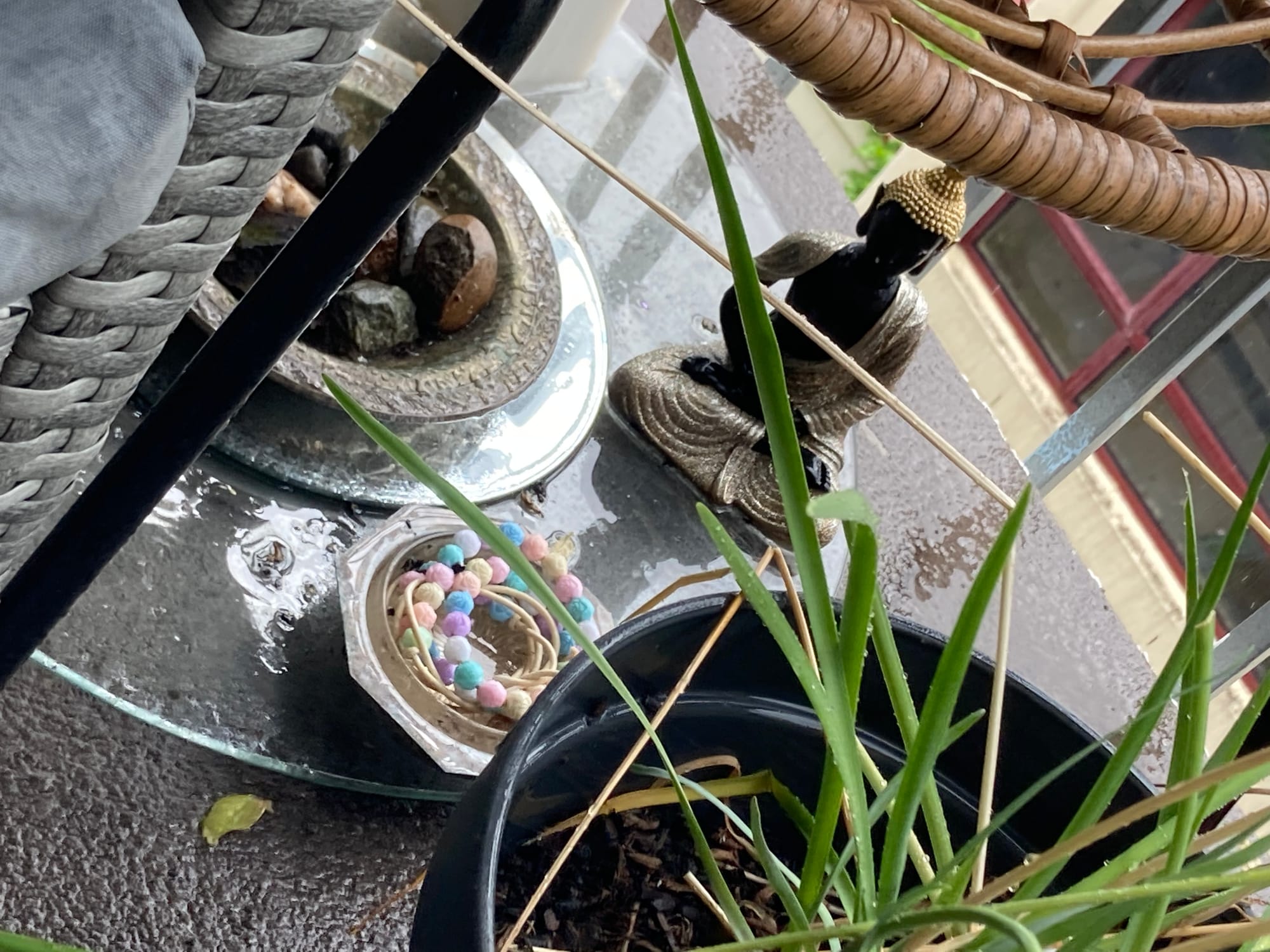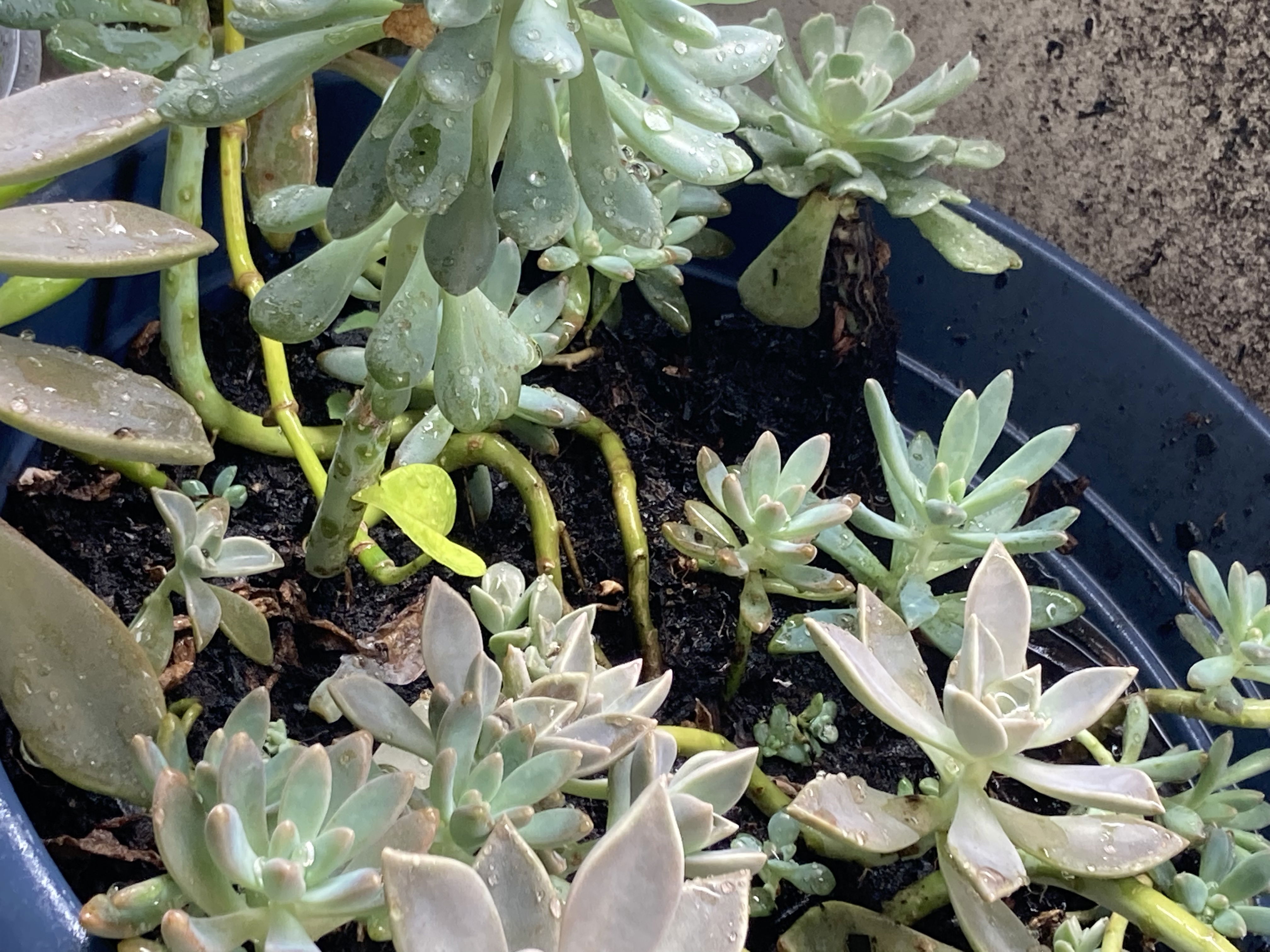Fix your life - How writing poems about liquor and drawings of annoying people being silent can improve your quality of life

By Petra Svetlana Jade
GRATITUDE JOURNALING has a bad rap. It sounds flaky, irrelevant and pointless, not something you’d bother with. So why do Holistic Integrated Creative Arts Therapists promote this as the answer to climbing out of negative interpersonal dynamics, vacuous conversations and the pursuit of a life full of substance and meaning?
Imagine a book titled “Thank God”. As in thank God I have coffee this morning, I don’t know where I’d be without it. Thank God I have this gin at the end of the day to ease my tension. Thank God I have this joint on the weekend to enter into a different state of mind with.Gratitude journaling is basically about capturing all of your “Thank God” moments and collating a tome of positive experiences that you can flick though on bad days to pick you up.The more that you gratitude journal, the more you notice of positives in your own life. It can start with phrases like “At least I have..” and progress over time to reflections on the beauty of a soundscape in your neighbourhood, the way a plant glistening with dew makes you feel enlivened and positive, or simply relief at a painful and vapid conversation ending.
Creating art, including written text and poetry, to express your feelings around the theme of gratitude helps us to be more fulfilled, mindful and at ease. For those feeling a lack of meaningful connections in life, discussing your gratitude journal can prompt many interesting and engaging conversations with others that are rich with the sometimes elusive “authentic communication” that Holistic Integrated Creative Arts Therapists like to remind people of.
In case you’re wondering, authentic communication is where you let go of social ‘niceties’ and say what you mean, being yourself rather than what you think others expect from a social exchange, [aka meaningful conversation as opposed to 15 minutes of pretending to be interested in your co- worker’s insipid social life.] Imagine interrupting Shelia’s latest tirade about boyfriends with, “Can I show you the picture I drew about how grateful I was for coffee this morning? I also have a piece of art inspired by you, I’d be interested to see what you think” (One needn’t point out immediately that it was a thank god piece about having to listen to them finally ending)
Creative art brings something new to the table, steers conversation in a fresh direction and often surprises when it comes from unexpected people. Alrighty, sounds good, but I probably won’t actually do it, you’re probably thinking. I’m not much of an artist, I hear you say. It’s not about being the most technically proficient artist, it’s about personal expression, and there’s a very important reason to consider getting serious about it.
In HICAT, the drama triangle is a dreaded state in which most people exist in, trapped with drama queens and hostile characters. I’ll tell you all about it soon, but I wanted you to understand first what the answer is, lest you get distressed. (It’s gratitude journalling for the most part)Kaufmann’s drama triangle identifies three types of people within dysfunctional or negative personal dynamics - the persecutor, the rescuer, and the victim. Understanding your role in the drama triangle is the key to escaping it and reaching the empowerment dynamic - a healthier triangle of positive interactions.
A Persecutor dominates and blames (eg IT”S ALL YOUR FAULT!) keeps a victim down and won’t stop harping on about the problem, without proffering any kind of solution.
A Victim feels powerless, experiences a sense of their dreams being denied, and tends to be focussed on a “poor me” sentiment. (I HAVE IT SO BAD)
A Rescuer has a “poor you” attitude toward people who play the victim role. They also fear not being needed and like to act as a pain reliever. (YOU”RE WEAK I”LL FIX IT FOR YOU)
We can all move through different roles at times, although we tend to return to one more than the rest. It is very common for many people to get trapped in the victim role, focussing on the negatives of their circumstances and ignoring both the positives and what they could do about it. Studies show that over 90% of people primarily fall into the victim category most of the time. The key to escaping this is The Empowerment Dynamic. Another triangle, albeit a happier and more productive one. The roles change and the victim becomes the creator, the persecutor becomes the motivator, and the rescuer becomes the facilitator.In this dynamic, a person formerly in the victim role gets creative rather than dwelling with stagnation in “poor me”.A reformed persecutor becomes the motivator, challenging people to stand on their own two feet and be strong. Rescuers-turned-facilitators don’t take over and do everything, they empower and support, praise and hold space for the victim to come into their strength. They own their tendency to want to feel needed, and treat others as equals not pathetic.The negative dynamics of Kaufmann’s drama triangle are toxic. The roles feed into each other and perpetuate the dynamic, so it’s vital to take action yourself to extricate yourself from people still in the drama triangle themselves, and to guard against being dragged back into it.
With the Empowerment Dynamic and HICAT, collectively we see the joy in a former persecutor motivating a former victim to succeed, able to acknowledge there has been concern and frustration underneath it all. Together we feel the satisfaction of a facilitator (nee rescuer) becoming vital in a coaching role without having to do everything for the victim; they get to be of assistance AND see the victim take action to improve their own circumstances, which brings us to the key of accountability.
Finally, with prior victims, we bear witness to these people finding their strength, creative expression and ability to be themselves without excuses.
Nonverbal expression through art leads to greater understanding and a new dynamic. It can be a great way to tap into creativity for the curious, starting with a photo of that wonderful knock off drink that you print and glue into your gratitude journal. With an open mind and sense of humour, creating your own book can transform your life. It’s all about capturing the moments we forget about when we’re stressed. Whether it’s the cuteness that winked at you or the meal you cooked yourself that came up well, the everyday moments in your life to be thankful for are a free source of unending positivity. Additionally, it should be amusing to see the drama triangle trapped Shelia try to observe social niceties and say something about 13 hand drawings of beer. Over and Out.[Mx Petra Svetlana Jade is a Holistic Integrated Creative Arts Therapist facilitating creative sessions and corporate workshops in Brisbane, Queensland.]
